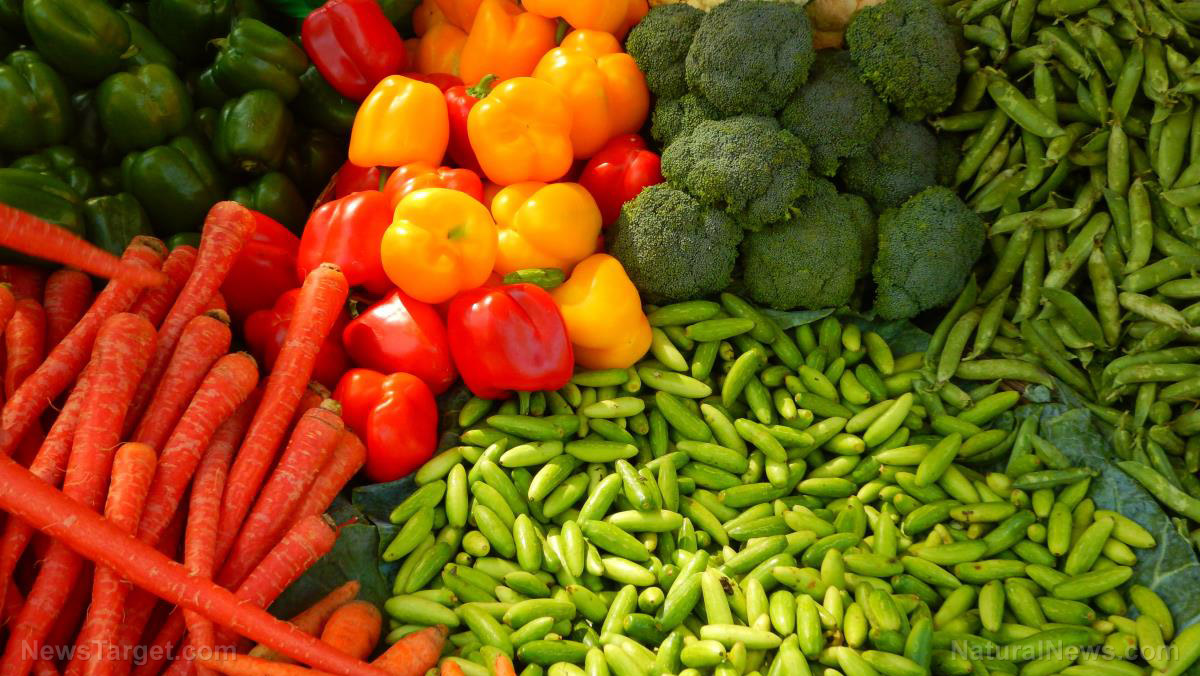Which food should you consume first after SHTF?
06/24/2018 / By Edsel Cook

Ensuring your body has sufficient nutrition for the hard days after SHTF is paramount. But your stockpile will go to waste if you consume the wrong food ahead of time. An article in Survival Sullivan states that you need to plan out the order you should eat your stored food.
The first food that should go into your belly are the ones that are stored in the fridge (not the freezer, though). When the power goes out, you have mere hours before they spoil.
Either cook and eat these foods immediately or preserve them for a little while longer by smoking, salting, or dehydrating them.
Definitely get rid of any food that is slimy to the touch, looks funny, or is warm to the fingertips. Test each egg by putting them in a cup of water, and throw away any floaters. (Related: The survivor prepper: Choosing the right vegetables to grow when SHTF.)
The next food items to be consumed are fresh ones that you have either purchased from the grocery or harvested from your survival garden. They will last a couple of days, which is longer than refrigerated foods, but still fast.
Certain fresh fruits will spoil more quickly than others. Bananas and strawberries must be eaten quickly, while apples and oranges will last a little bit longer.
If you have the good fortune of having a survival garden but also have the bad luck of living near other people, harvest the ready crop and preserve them via canning or dehydration. Preserved crops will last longer, occupy less space, and stay safe.
Prioritize eating or preserving the foods that will spoil first
Third on the list is frozen food. They will thaw very quickly once the power goes out. Keeping a fully packed freezer will help preserve its contents. Empty space can be taken up by milk jugs filled with water, which will freeze inside the storage.
Mother Nature's micronutrient secret: Organic Broccoli Sprout Capsules now available, delivering 280mg of high-density nutrition, including the extraordinary "sulforaphane" and "glucosinolate" nutrients found only in cruciferous healing foods. Every lot laboratory tested. See availability here.
Keep the freezer door closed to trap the cold air inside. Food inside a crowded and tightly shut freezer could stay frozen for up to two days before they start thawing. You can keep track of the temperature with an appliance thermometer.
If by chance power returns, food that has ice crystals can be refrozen. But any thawed meat should be thoroughly cooked or preserved.
Fourth to go are stockpiled foods that do not need refrigeration. This includes beans, flour, rice, and preserved foods of all types: Canned, dehydrated, dried, and salted.
A typical stockpile should cover you for at least six months, although one year is safer. This is to make sure you won’t be starved for nutrition while waiting for the next harvest from your survival garden.
Last but not least are certain foods that can last for years. MREs are designed to last for a very long time. Save them for emergencies, like if you have to bug out of your home or are too sick to cook.
Stock up on supplies, practice, and do not be picky
Do not be picky about the food you have to consume first. The last thing you should be when SHTF is a picky eater.
There are also certain supplies that you may not have thought to get. Pickling salt and brown sugar are ingredients for brine, which is used to salt meat. Meanwhile, the canning process will require jars, lids, rings, a jar lifter, and a sturdy non-electric stove.
Finally, test out different ways of preserving food. Getting some practice before SHTF will do a lot to boost your confidence for the day your food supply will depend on those skills.
Learn more ways to extend and expand your emergency food supply at FoodSupply.news.
Sources include:
Tagged Under: canning food, Collapse, emergency, Food Preservation, food stock, food supply, off grid, preparedness, prepper, prepping, self-sufficient, SHTF, survival, survival garden, Survival Tips, survivalist, sustainable living




















